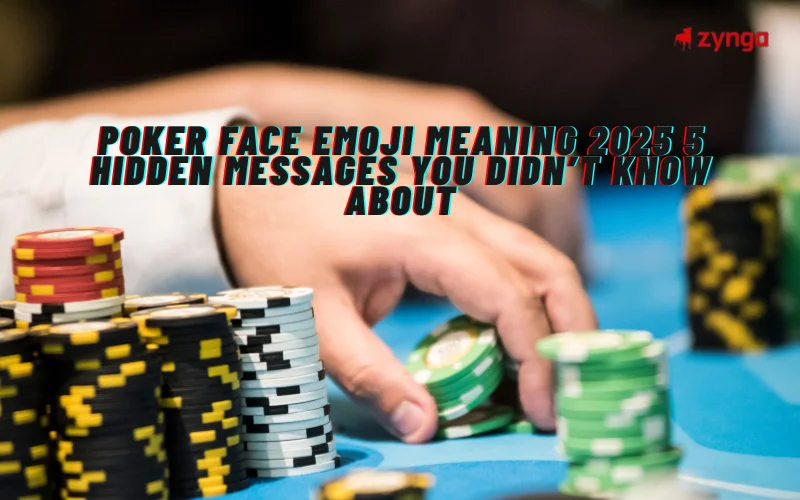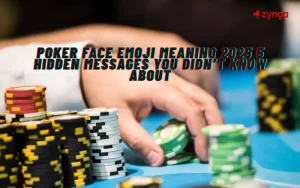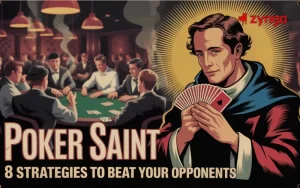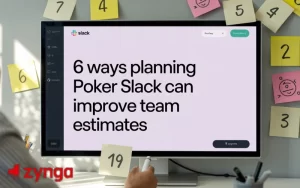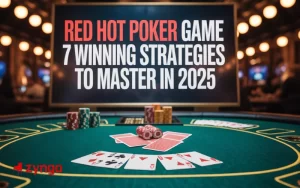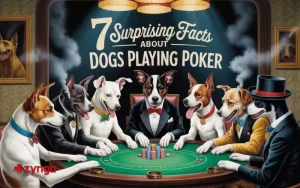Introduction to Poker Face Emoji
The poker face emoji has become one of the most used and misunderstood emojis in digital conversations today. In 2025, the poker face emoji continues to be a symbol of calm, mystery zynga india, and emotional control in messages across social media and chat platforms. Whether you are texting a friend, commenting on a post, or replying to a funny situation, this emoji can express a wide range of meanings depending on the context.
The poker face emoji is represented by a straight, expressionless face, showing no emotions. It was designed to mimic the expression players use in a poker game when they do not want to reveal their thoughts or intentions. Over time, the poker face emoji has evolved from its original meaning into a versatile tool for online communication, used to convey subtle humor, sarcasm, confusion, or neutrality.
The Origin of the Poker Face Emoji
The poker face emoji first gained popularity in the early 2010s when emojis started becoming a major part of digital communication. Inspired by the term “poker face,” which means maintaining a neutral expression to hide one’s feelings during a poker game, the emoji became a symbol of emotional restraint. It is commonly used on platforms like WhatsApp, Instagram, Facebook, and X (formerly Twitter), where tone can often be misunderstood without visual cues.
In 2025, the poker face emoji remains relevant because people continue to use it to express subtle emotions without typing long explanations. It has also become part of internet culture, memes, and even brand marketing campaigns that rely on minimalistic communication.
Hidden Message 1: Calmness and Neutral Reaction
The most common hidden message behind the poker face emoji is calmness. When someone sends the poker face emoji, it often means they are staying neutral or calm in response to a situation that might normally cause excitement, anger, or confusion. It is used when a person does not want to reveal what they truly feel or prefers to stay silent.
For example, when someone tells an unbelievable story, instead of reacting with surprise or laughter, you might send the poker face emoji to show you are unbothered or not easily impressed. This usage reflects emotional control and composure, especially in heated online discussions.
Hidden Message 2: Silent Judgment or Disbelief
The poker face emoji can also represent silent judgment or disbelief. In 2025, many people use it in response to messages or posts that seem exaggerated or ridiculous. It acts as a polite way to say “Really” or “I don’t believe that” without directly confronting the person.
In this context, the poker face emoji becomes a tool for expressing skepticism without being rude. It keeps the conversation light but delivers the message that the sender is not entirely convinced. This hidden meaning has made the emoji a favorite among users who prefer subtle reactions over direct comments.
Hidden Message 3: Awkward or Uncomfortable Situations
Another popular use of the poker face emoji is to show awkwardness. When someone finds themselves in an uncomfortable or embarrassing situation, this emoji is the perfect response. It signals that you are unsure how to react and are choosing to stay silent.
In 2025, this use has become especially common in group chats and social media interactions where misunderstandings or unexpected comments occur. Instead of typing a long response, the poker face emoji quickly communicates the feeling of “I don’t know what to say.” It is a modern way to handle awkward humor or surprising confessions without escalating the conversation.
Hidden Message 4: Sarcasm and Subtle Humor
The poker face is also widely used to express sarcasm. It allows users to deliver a sarcastic comment with a neutral tone, creating a balance between humor and seriousness. When paired with witty remarks, the poker face emoji can make messages funnier and more relatable.
For instance, when someone shares an obvious fact or a predictable outcome, replying with the poker face emoji adds a humorous touch that says, “I saw that coming.” In 2025, sarcasm in online communication is often conveyed through emojis rather than words, and the poker face emoji has become one of the top choices for this purpose.
Hidden Message 5: Emotional Masking or Detachment
The final hidden message behind the poker face emoji is emotional masking. Many people use it to hide how they truly feel, especially when they are disappointed, tired, or stressed. By sending the poker face emoji, they project an image of calmness or detachment even when they feel differently inside.
In today’s digital world, where people often communicate through screens, emotional masking has become common. The poker face emoji perfectly captures the modern habit of concealing true emotions behind neutral expressions. It allows users to protect their feelings while still engaging in conversations.
How the Poker Face Reflects Modern Communication
The poker face has evolved to become a reflection of modern online behavior. In 2025, communication has become faster, shorter, and more expressive through emojis. The poker face emoji serves as a universal symbol for subtle emotional responses that words cannot easily convey.
It helps users maintain balance in conversations where tone can easily be misunderstood. The emoji’s neutrality allows people to express themselves without creating conflict or misunderstanding. Whether used to show indifference, irony, or calmness, it provides a smooth way to navigate digital interactions in both personal and professional contexts.
Popular Use of Poker Face in Social Media
Across social media platforms, the poker face emoji is now part of many viral trends and memes. People use it in captions, reaction posts, and video comments to express humor and relatability. For example, when users post something embarrassing or unexpected, the poker face emoji becomes the go-to reaction.
Brands and influencers also use the poker face emoji in marketing campaigns to engage audiences with humor and subtle messaging. It adds a playful yet controlled tone to posts, making it ideal for content that aims to connect emotionally without being too dramatic.
Cultural Influence of the Poker Face Emoji in 2025
In 2025, the poker face emoji has gone beyond digital messaging to influence pop culture, art, and design. It has appeared in merchandise, T-shirts, and digital stickers as a symbol of calm and confidence. Many people relate to the idea of maintaining a poker face in real life, especially in professional environments or public interactions.
The emoji’s cultural influence highlights how digital symbols can represent deeper psychological traits such as self-control and composure. Its popularity shows how communication continues to evolve in creative and expressive ways that combine humor with meaning.
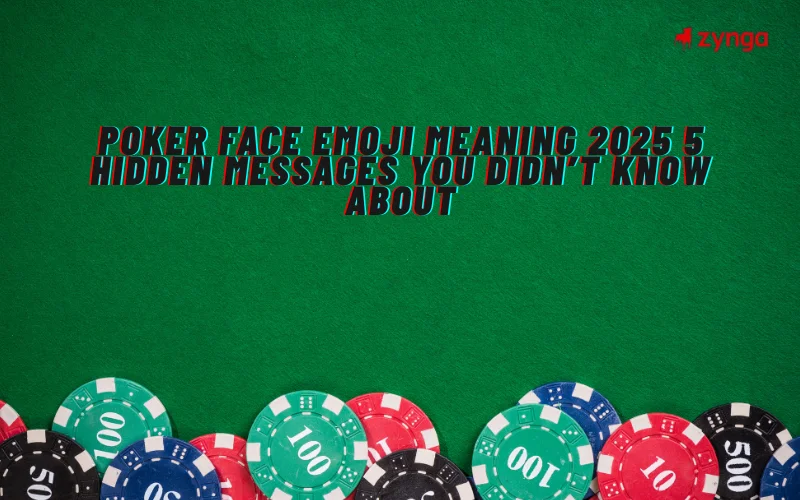
The Future of Poker Face Emoji
As technology advances, the poker face emoji is expected to remain a central part of online communication. With AI-driven communication tools and emoji-based reactions becoming more integrated into social platforms, this emoji will continue to hold its place as a versatile emotional tool. Future updates may even introduce animated versions that show subtle expressions of neutrality, enhancing its communication power.
In 2025 and beyond, the poker face emoji will likely maintain its role as one of the most iconic and relatable symbols in the digital world. It bridges the gap between emotion and expression, allowing users to communicate effectively without words.
Conclusion
The poker face emoji has evolved from a simple expression of neutrality into a complex communication tool with multiple hidden meanings. In 2025, it represents calmness, skepticism, awkwardness, sarcasm, and emotional masking, making it one of the most versatile emojis in digital communication.
Whether used in personal chats, memes, or social media comments, the poker face emoji continues to reflect the balance between humor and emotion. It shows how a single image can communicate powerful messages and adapt to modern communication styles. The poker face emoji is more than just an icon on a screen; it is a universal symbol of emotional control and expressive silence in today’s fast-paced digital world.


